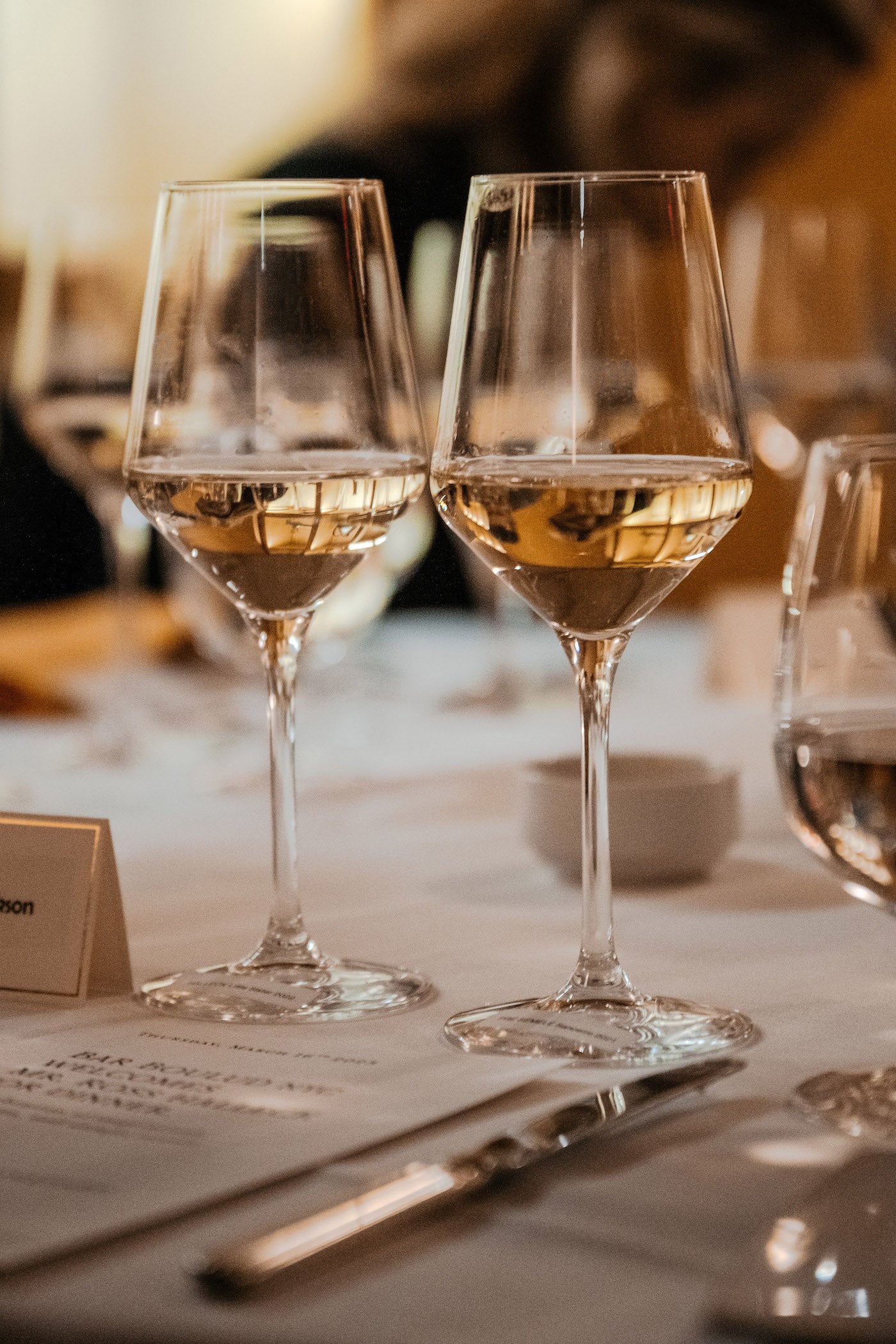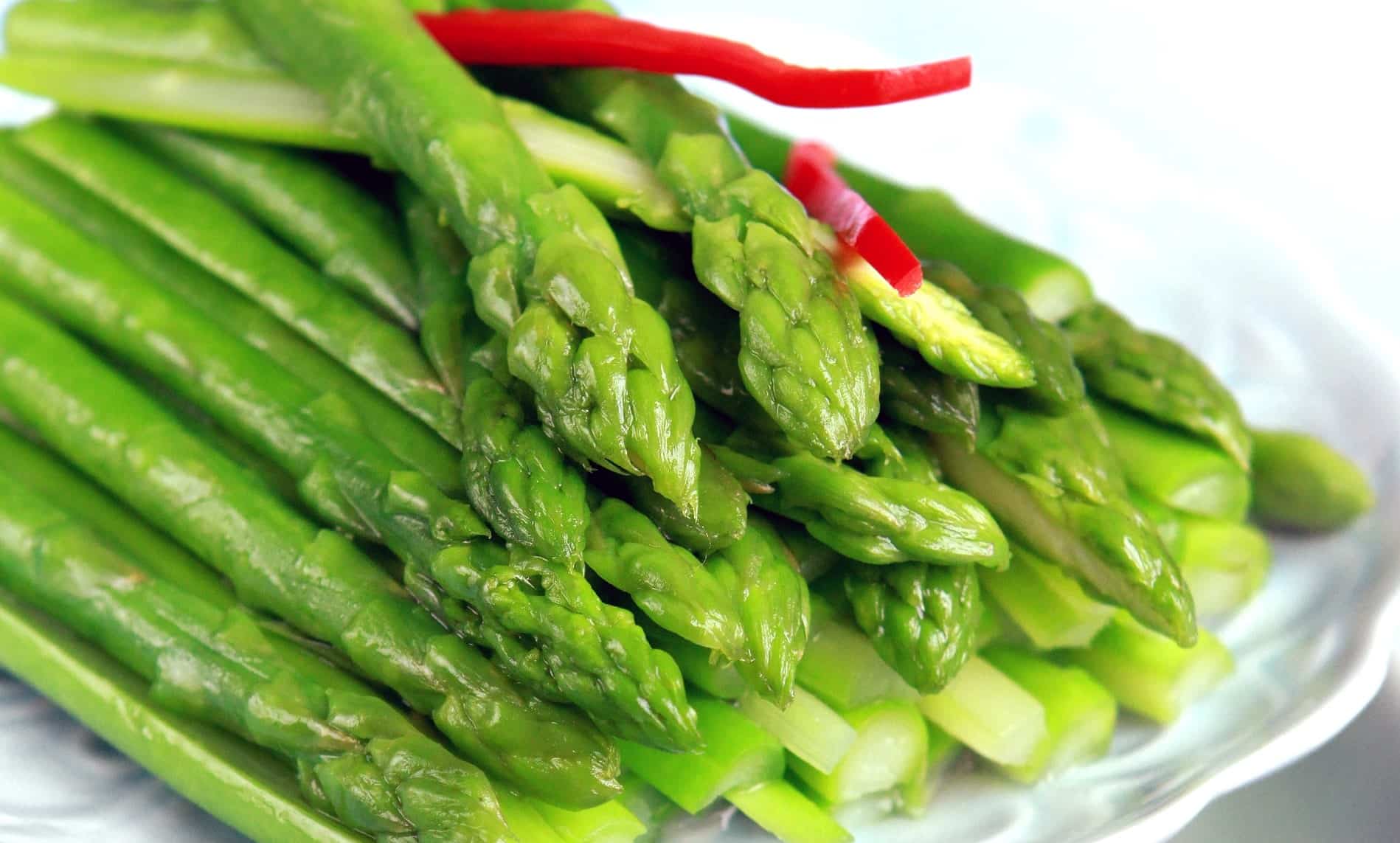From Vine to Glass of California Wine
From Vine to Glass of California Wine
Blog Article
Discover Organic Wine Choices at Renowned Wineries in California
Understanding the nuanced vocabulary associated with winery wine tasting is crucial for both novices and seasoned connoisseurs alike. Every term brings to life the experience of tasting wine and might enhance one’s appreciation of the many intricacies concerned. Wine tasting is extra than just ingesting; it is an art that entails varied senses and feelings.
To begin with, the term "nostril" refers to the aromas one detects when smelling the wine. This is a crucial step because the bouquet units the stage for the tasting experience. Notes of fruit, spice, earth, and wooden might mingle, providing a glimpse of what the palate may confirm. Understanding "nosing" the wine can dramatically elevate one's sensory journey.
Another key aspect is the term "physique." The body of the wine describes its weight and fullness on the palate. A full-bodied wine has a strong presence and tends to linger longer after swallowing. Conversely, light-bodied wines may really feel more delicate and refreshing. Recognizing the physique helps tasters assess the wine's structure and stability.
Experience Sustainable Wines at Sebastopol Vineyards 95405
The idea of "tannins" is significant in pink wine tasting. Tannins are compounds derived from grape skins, seeds, and stems, contributing to a wine's texture and growing older potential. Excessive tannin wines typically end in a dry mouthfeel, whereas decrease tannin levels yield a smoother experience. This distinction is particularly necessary when pairing wines with food, as tannins can either complement or clash with sure dishes.
In addition to tannins, "acidity" performs a major role in the wine tasting experience. Acidity provides wine its crispness and liveliness - Savor Exceptional Chardonnay and Pinot Noir from Sonoma. Wines with greater acidity are usually refreshing and energizing, making them wonderful companions for a wide range of meals. Recognizing acidity can drastically improve one’s food-pairing capabilities and general tasting enjoyment.
When delving into the flavor profile of a wine, one might encounter the term "end." The finish refers again to the aftertaste that lingers within the mouth after swallowing. A lengthy finish is commonly associated with high-quality wines, because it signifies complexity and depth. A quick finish might counsel an easier wine. Figuring Out how to consider the end can reveal much a couple of wine's character.
Exploring the "vintage" is also integral to wine tasting terminology. The vintage denotes the yr in which the grapes have been harvested. Completely Different years can yield vastly totally different outcomes as a outcome of variations in climate circumstances. For occasion, a hot summer time can produce extra concentrated flavors, while a cooler year might yield more delicate, nuanced wines. Understanding vintage permits for a deeper appreciation of a wine’s origin and potential.
Must-Visit Wineries in Sonoma County 95433
The term "terroir" encompasses the geographical and environmental elements that contribute to a wine's distinctive character. Elements corresponding to soil type, climate, elevation, and topography all play a role in the flavor and quality of the wine. This connection to place helps one perceive why wines from completely different areas can style so distinctively different, even when created from the identical grape variety (No Reservation Tasting Rooms in Sebastopol for a Casual Experience).
When participating with wines, the phrase "leg" refers again to the droplets that kind on the within of the straight from the source glass after swirling. These droplets can point out the wine's alcohol content material and viscosity. While observing the legs might not directly relate to the wine’s style, it provides to the general experience and intrigue of wine tasting much less transparent.
Savor the Flavor of Estate Wines in Sebastopol 95461
A more specific term that may arise during tastings is "oak." The influence of oak barrels on wine can impart flavors similar to vanilla, toast, or spice. The degree of oak growing older can range widely among wines, affecting both aroma and taste. Understanding oak treatment provides insights into the winemaker’s choices and the resulting complexity of the wine.
In wine tasting, one might also hear the term "palate." The palate refers back to the total style experience in the mouth. This encompasses sweetness, bitterness, acidity, and body. A well-balanced palate is important for a harmonious tasting experience, and recognizing any imbalances helps assess the quality of the wine.
The experience of wine tasting is significantly enriched by understanding the terminology that accompanies it. Every term serves a function, enhancing the ability to convey ideas and feelings about the wine one's experiencing. This vocabulary bridges communication between tasters, sommeliers, and winemakers alike.
To totally take pleasure in wine tasting, it's important to engage all senses. The sight of the wine, its shade, and clarity can provide insight into its age and quality. Swirling the wine releases aromas that heighten the olfactory experience, whereas the precise tasting allows for an entire analysis of the wine's profile.
Plan Your Memorable Sonoma Wine Tasting Itinerary 95468
In conclusion, understanding the detailed explanation of winery wine tasting terminology significantly enhances the experience of tasting. Every term invitations the taster to have interaction extra deeply with the wine, encouraging connections to the senses, the winemakers, and the lands where the grapes are grown. This nuanced vocabulary creates a richer, more fulfilling wine tasting experience.
- Aroma refers to the scents released by the wine, which can indicate its grape variety and influence the tasting experience.
- Tannins are natural compounds found in grape skins, seeds, and stems, contributing to the wine's construction and growing older potential.
- A end, or aftertaste, is the lingering flavor sensation that remains on the palate after swallowing, often a key indicator of quality.
- Body describes the weight and fullness of wine in the mouth, generally categorized as light, medium, or full-bodied.
- Terroir denotes the unique environmental traits of a winery that affect the style and quality of the wine, including soil kind and climate.
- Acidity is a important element that contributes to a wine's freshness and balance, impacting its getting older capability and total flavor profile.
- Vintage indicates the yr grapes have been harvested and plays a big function in figuring out the wine's traits, reflecting specific weather conditions.
- Decanting includes pouring wine from its bottle into another vessel, permitting it to aerate and enhancing its flavors and aromas.
- A corked wine may be tainted by a defective cork, resulting in musty or off-putting flavors that detract from the wine's supposed profile.
- The term “legs” refers back to the droplets that cling to the within of a glass after swirling, usually associated with the wine's alcohol content material and viscosity.undefinedWhat is the that means of "nose" in wine tasting?undefinedThe "nostril" refers again to the aroma profile of the wine, which is detected through the sense of scent. It Is an important facet of wine tasting, as aromas can reveal so much in regards to the grape selection, winemaking process, and aging.
How ought to I properly taste wine?undefinedTo taste wine effectively, observe these steps: observe the color, swirl the wine to aerate it, take a delicate sniff to seize the aromas, sip and let it coat your palate, and eventually, note the finish. This method helps in appreciating the wine’s complexity.
What are "tannins" and the way do they have an effect on wine?undefinedTannins are pure compounds present in grape skins, seeds, and stems that contribute to a wine's structure and astringency. They can create a drying sensation within the mouth, and so they also play a YOURURL.com task within the wine's aging potential.
Planning the Ultimate Wine Tasting Day in Sebastopol 95461

What does the term "balance" imply in wine tasting?undefinedBalance refers again to the harmony between the completely different elements of a wine, such as acidity, sweetness, alcohol, tannin, and flavor depth. A well-balanced wine will have every of these parts supporting one another quite than overpowering the others.
What is the significance of "terroir" in wine tasting?undefinedTerroir encompasses the environmental factors—such as soil, climate, and geography—that affect the characteristics of the wine produced in a selected region. Understanding terroir helps tasters respect the distinctive qualities that different areas impart to their wines.
What does "vintage" imply and why is it important?undefined"Vintage" signifies the year when the grapes have been harvested. It is essential because it affects the wine’s quality and traits, as weather circumstances in the course of the growing season can considerably affect flavor profiles and aromatics.
What are "legs" and what do they signify?undefined"Legs" refer to the droplets that type and run down the within of a glass after swirling wine. While they will point out alcohol content and viscosity, they do not decide quality—this is extra about personal perception of richness.
Top Wine Tasting Locations You Must Visit 95404

What does "full-bodied" imply versus "light-bodied"?undefined"Full-bodied" wines are rich, dense, and often have larger alcohol content and complicated flavor profiles, whereas "light-bodied" wines are more delicate and refreshing with a decrease alcohol content. This distinction helps tasters perceive the expected weight and mouthfeel of the wine.
How can I identify fruit flavors in wine?undefinedTo establish fruit flavors, think about the aroma and taste profiles. Swirl the wine, inhale deeply to seize the bouquet, and give attention to particular characteristics. Familiarity with typical fruit profiles of assorted grape varieties can enhance this identification course of.
What is "finish" in wine tasting?undefinedThe "finish" refers to the aftertaste that lingers in the mouth after swallowing. A lengthy, complicated end is usually an indication of quality in a wine, because it reflects the depth of flavor and total craftsmanship in the winemaking course of. Report this page